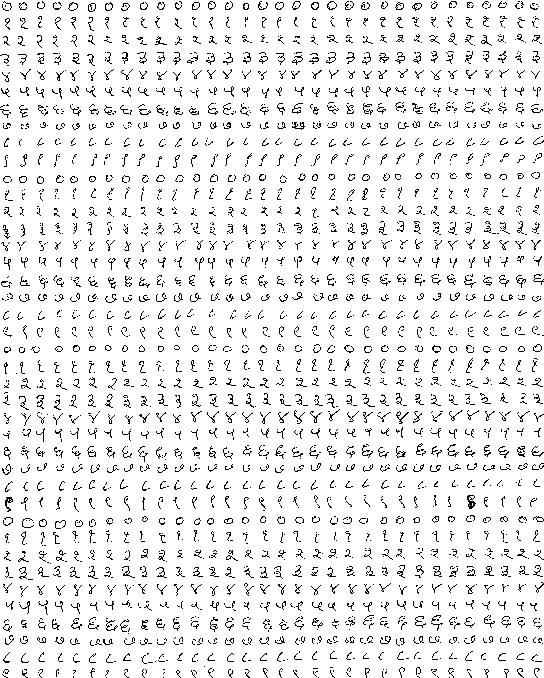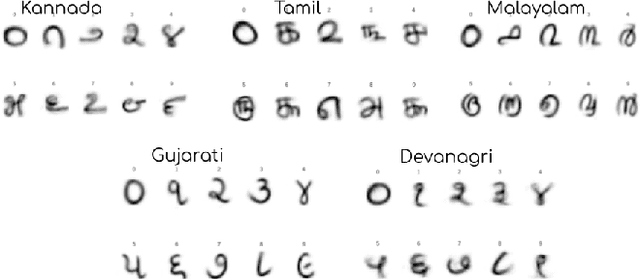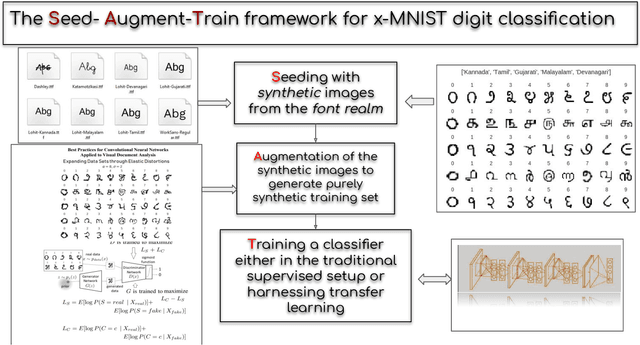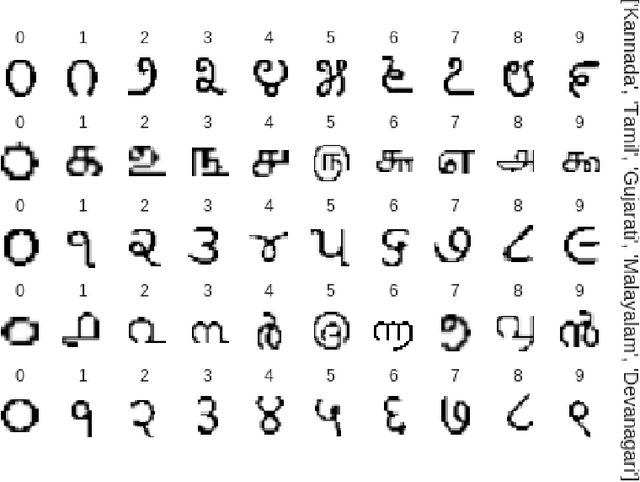Sanghyun Han
Shammie
Beyond the Imitation Game: Quantifying and extrapolating the capabilities of language models
Jun 10, 2022Abstract:Language models demonstrate both quantitative improvement and new qualitative capabilities with increasing scale. Despite their potentially transformative impact, these new capabilities are as yet poorly characterized. In order to inform future research, prepare for disruptive new model capabilities, and ameliorate socially harmful effects, it is vital that we understand the present and near-future capabilities and limitations of language models. To address this challenge, we introduce the Beyond the Imitation Game benchmark (BIG-bench). BIG-bench currently consists of 204 tasks, contributed by 442 authors across 132 institutions. Task topics are diverse, drawing problems from linguistics, childhood development, math, common-sense reasoning, biology, physics, social bias, software development, and beyond. BIG-bench focuses on tasks that are believed to be beyond the capabilities of current language models. We evaluate the behavior of OpenAI's GPT models, Google-internal dense transformer architectures, and Switch-style sparse transformers on BIG-bench, across model sizes spanning millions to hundreds of billions of parameters. In addition, a team of human expert raters performed all tasks in order to provide a strong baseline. Findings include: model performance and calibration both improve with scale, but are poor in absolute terms (and when compared with rater performance); performance is remarkably similar across model classes, though with benefits from sparsity; tasks that improve gradually and predictably commonly involve a large knowledge or memorization component, whereas tasks that exhibit "breakthrough" behavior at a critical scale often involve multiple steps or components, or brittle metrics; social bias typically increases with scale in settings with ambiguous context, but this can be improved with prompting.
Fonts-2-Handwriting: A Seed-Augment-Train framework for universal digit classification
May 16, 2019



Abstract:In this paper, we propose a Seed-Augment-Train/Transfer (SAT) framework that contains a synthetic seed image dataset generation procedure for languages with different numeral systems using freely available open font file datasets. This seed dataset of images is then augmented to create a purely synthetic training dataset, which is in turn used to train a deep neural network and test on held-out real world handwritten digits dataset spanning five Indic scripts, Kannada, Tamil, Gujarati, Malayalam, and Devanagari. We showcase the efficacy of this approach both qualitatively, by training a Boundary-seeking GAN (BGAN) that generates realistic digit images in the five languages, and also quantitatively by testing a CNN trained on the synthetic data on the real-world datasets. This establishes not only an interesting nexus between the font-datasets-world and transfer learning but also provides a recipe for universal-digit classification in any script.
 Add to Chrome
Add to Chrome Add to Firefox
Add to Firefox Add to Edge
Add to Edge